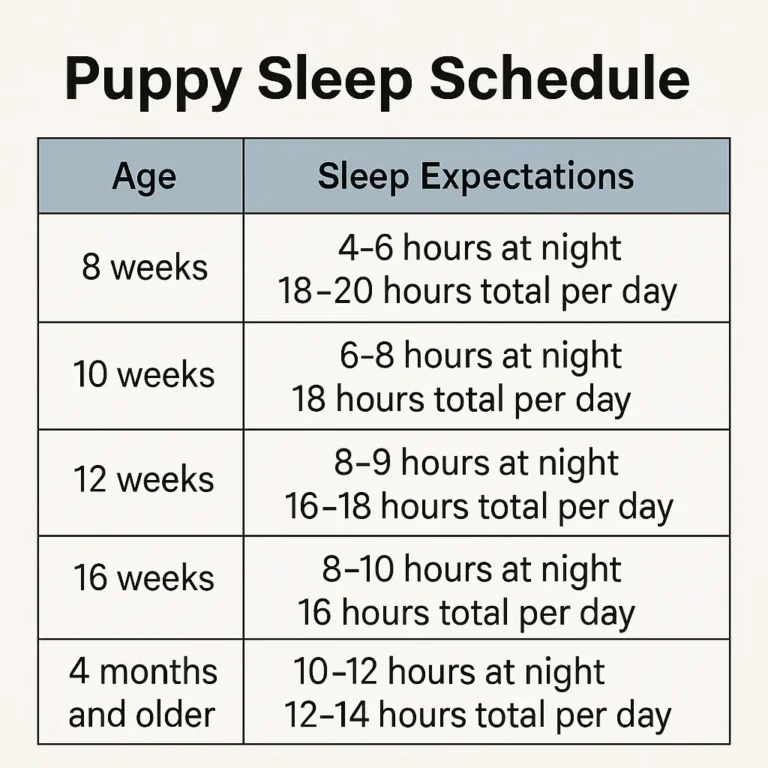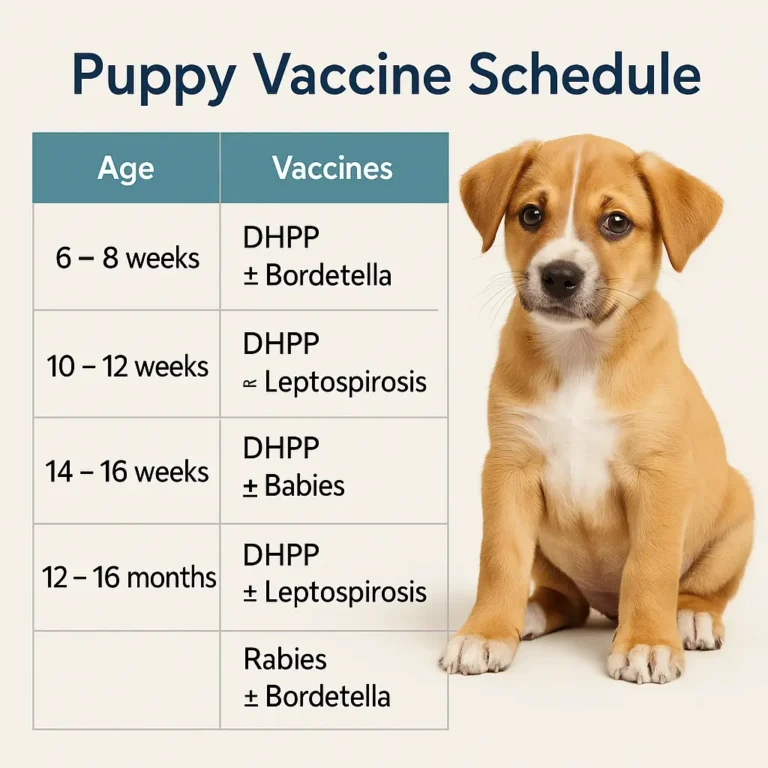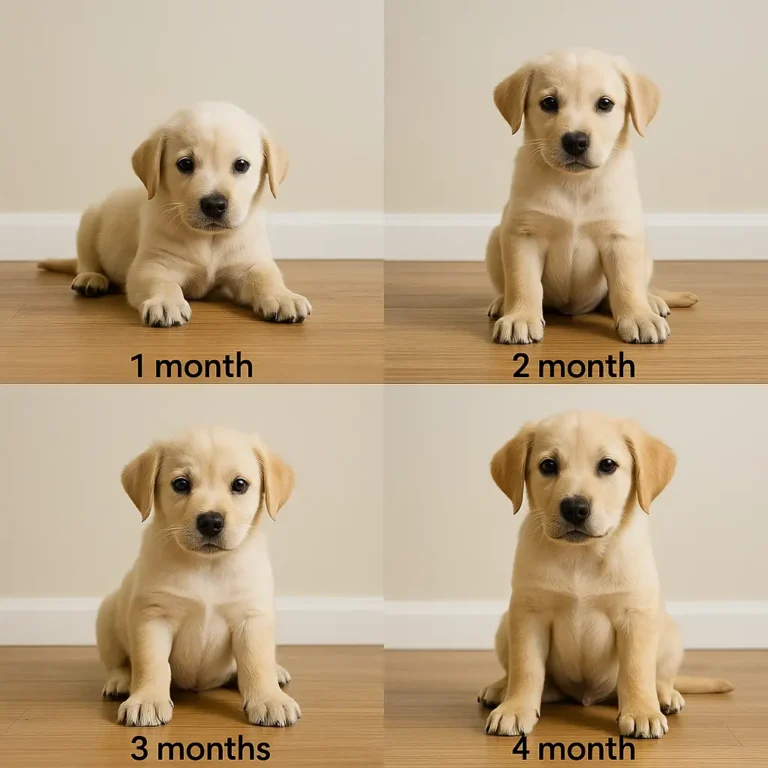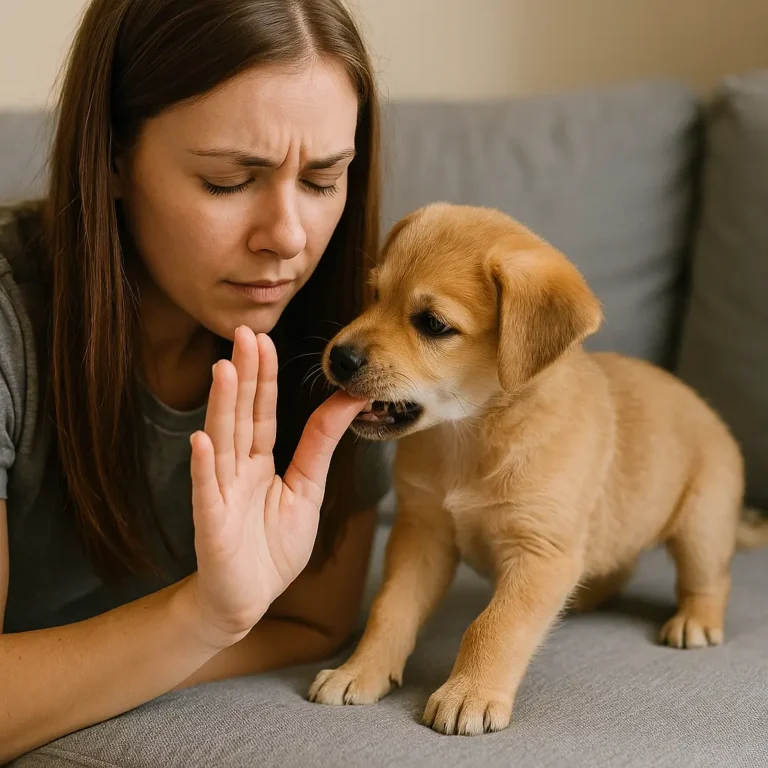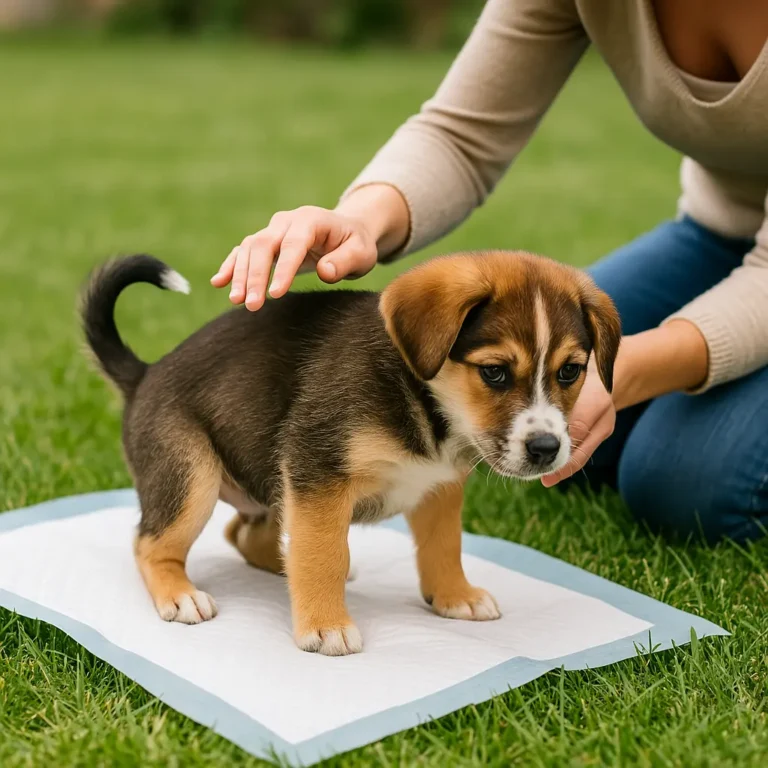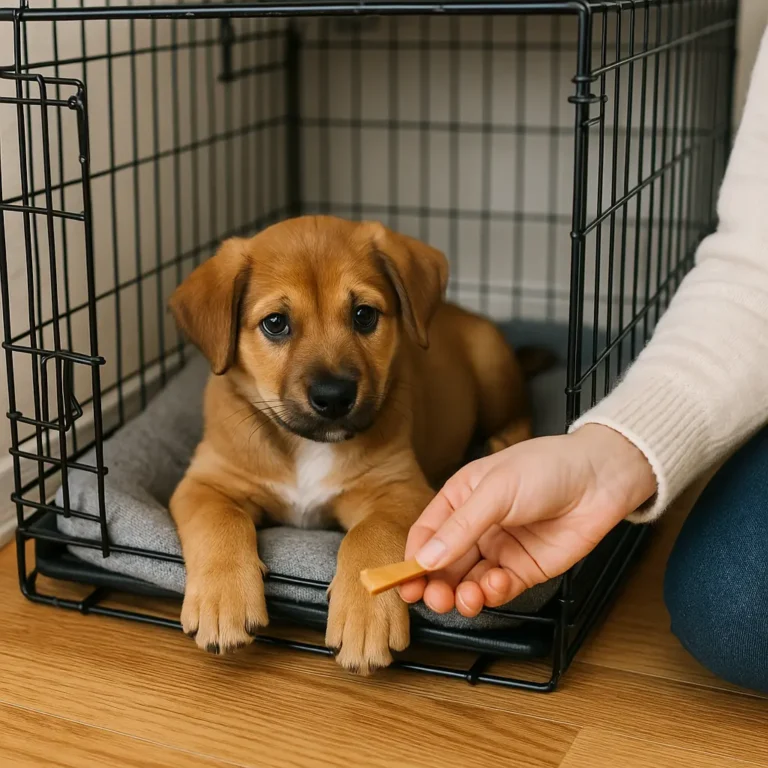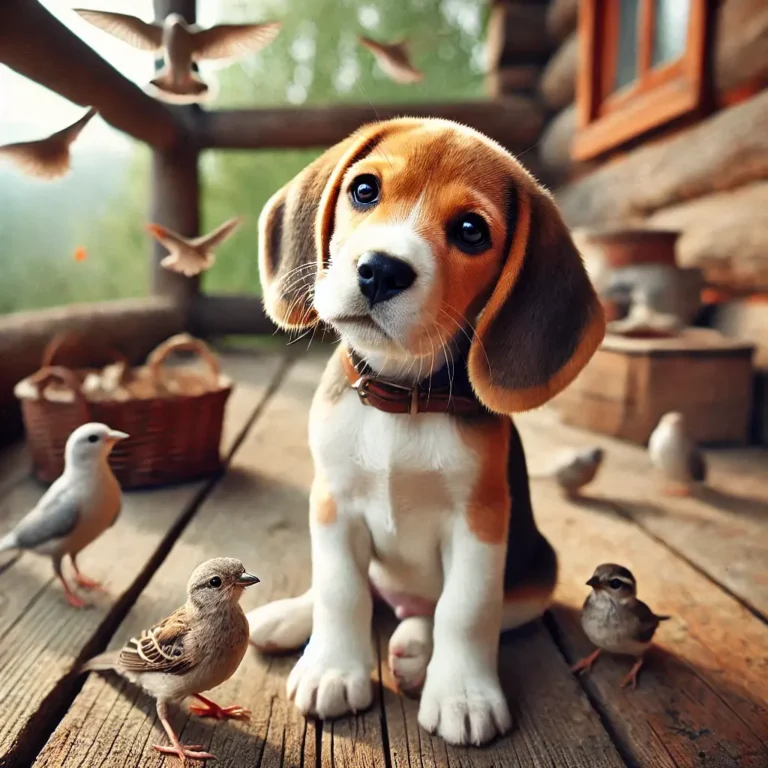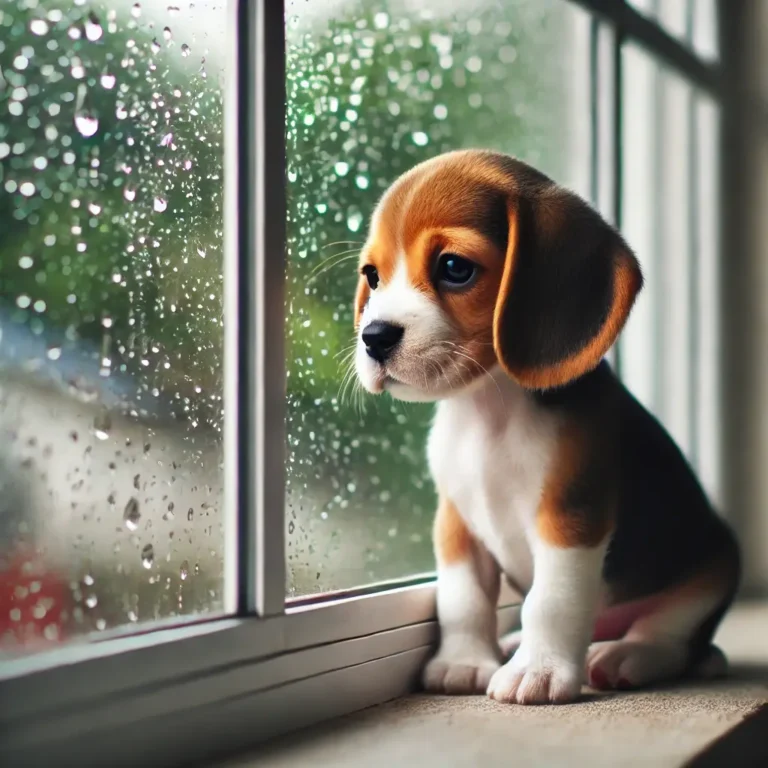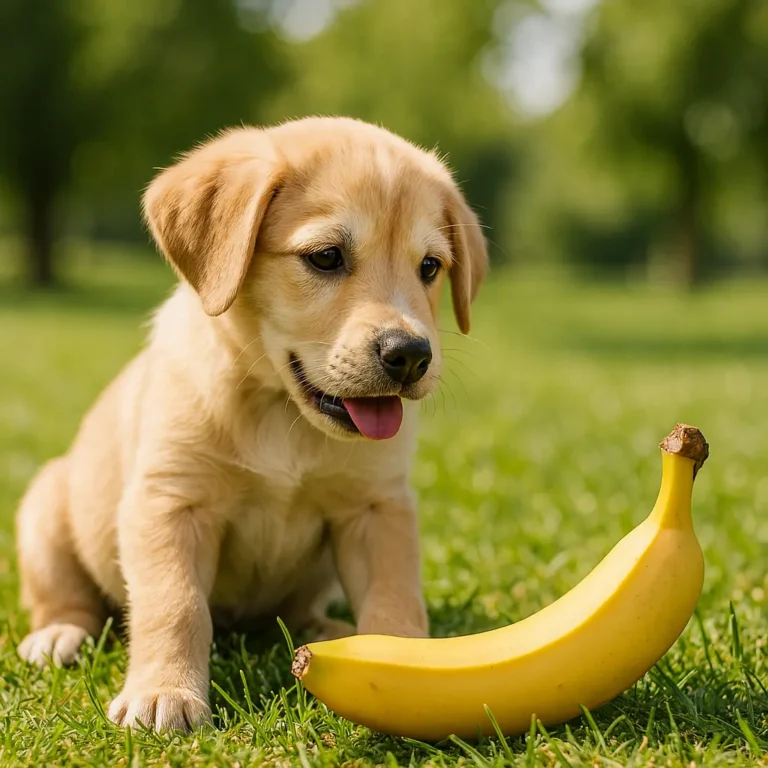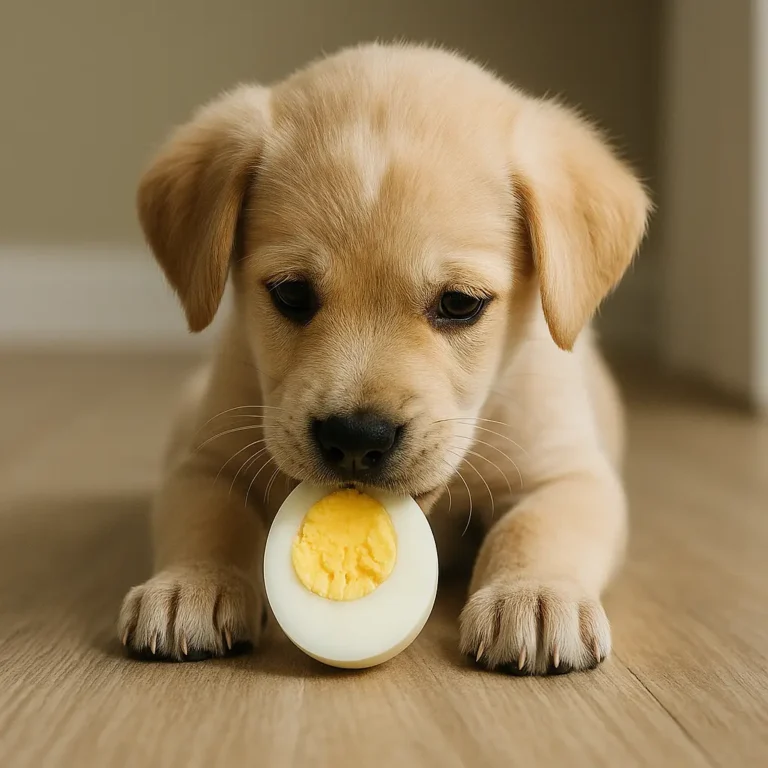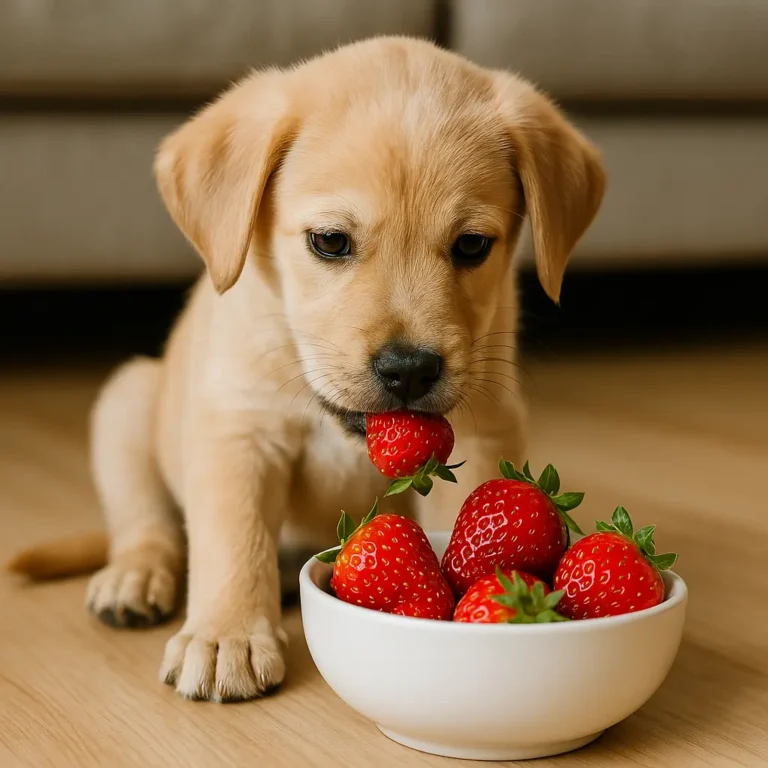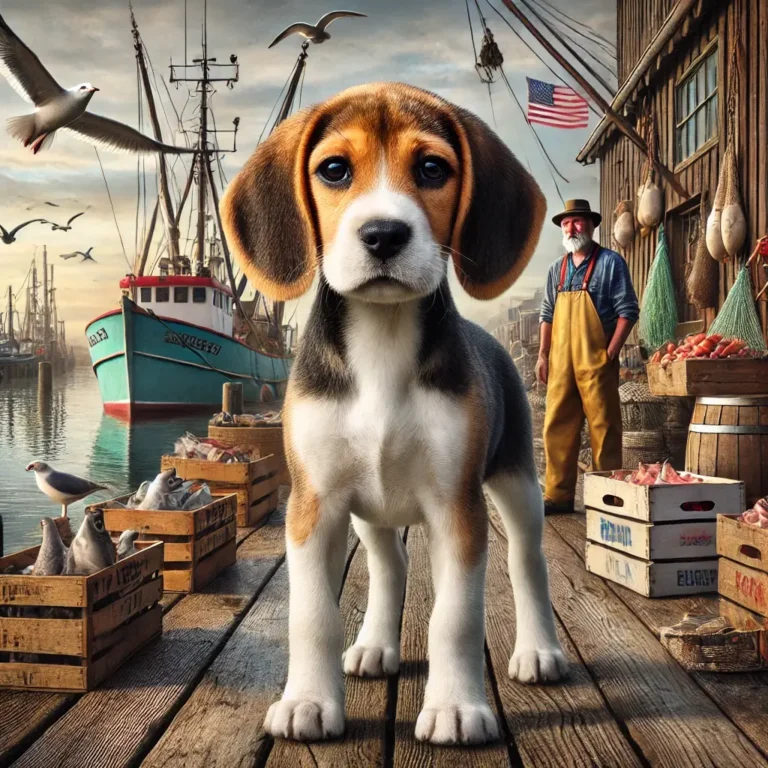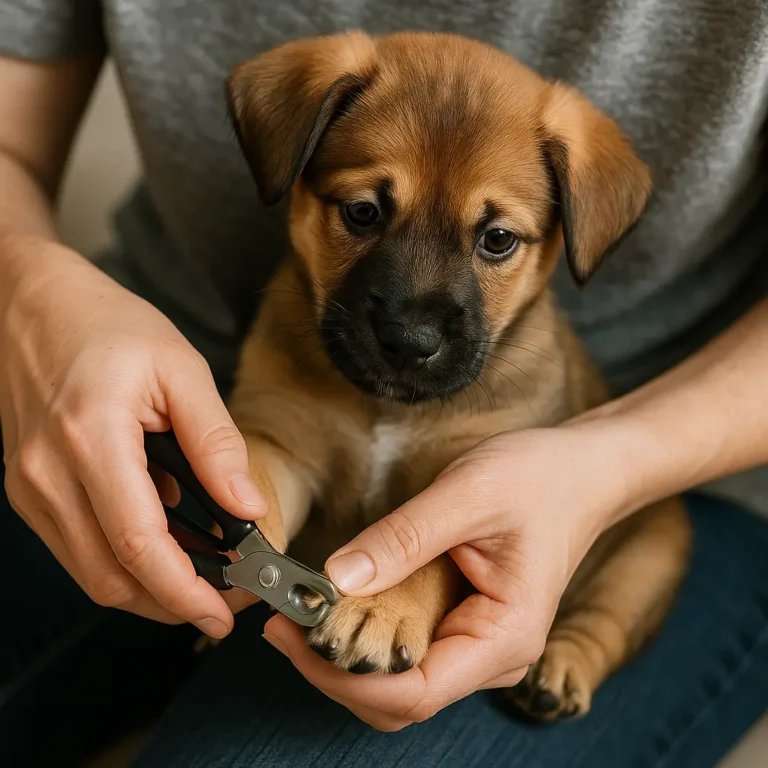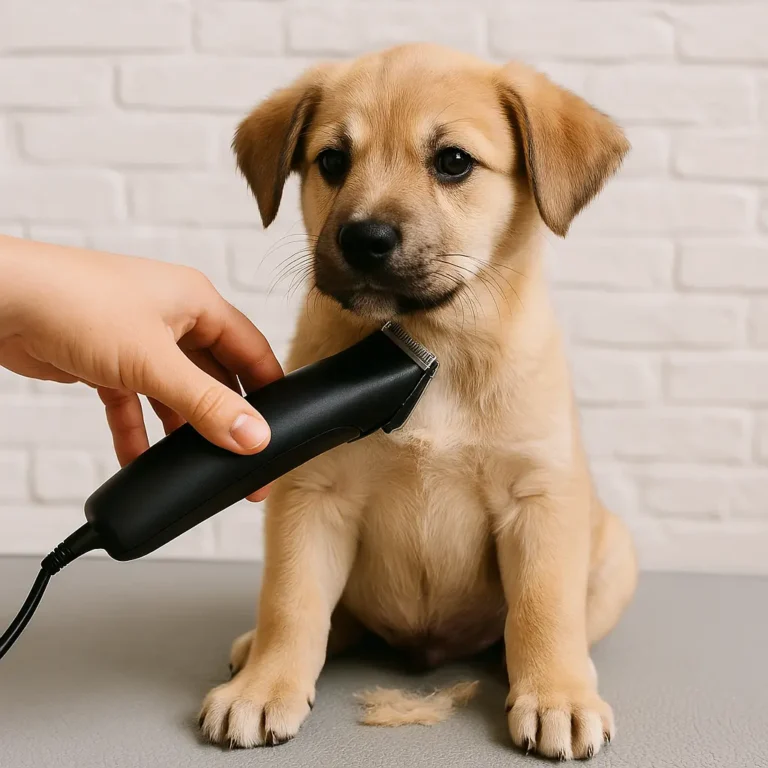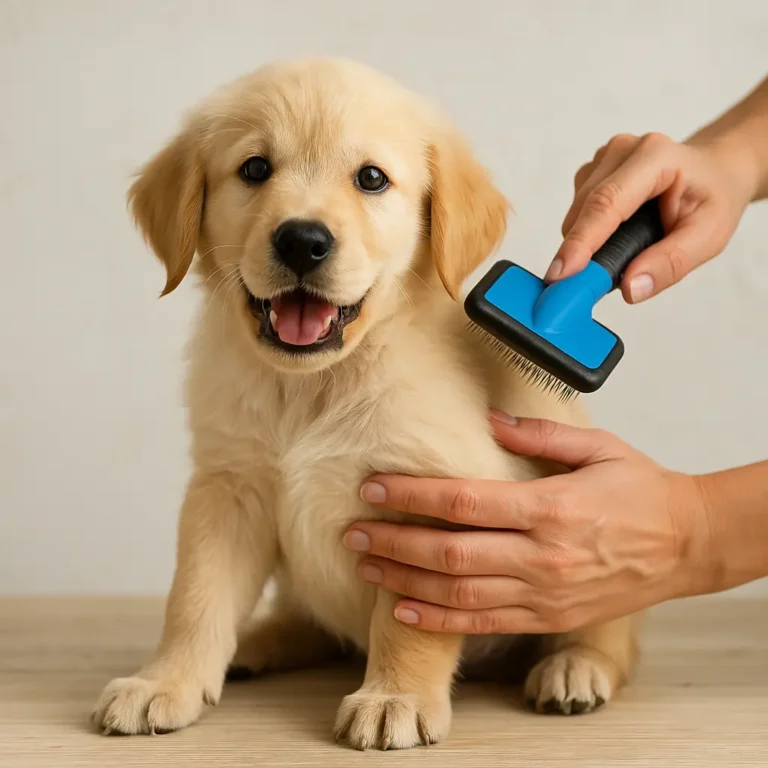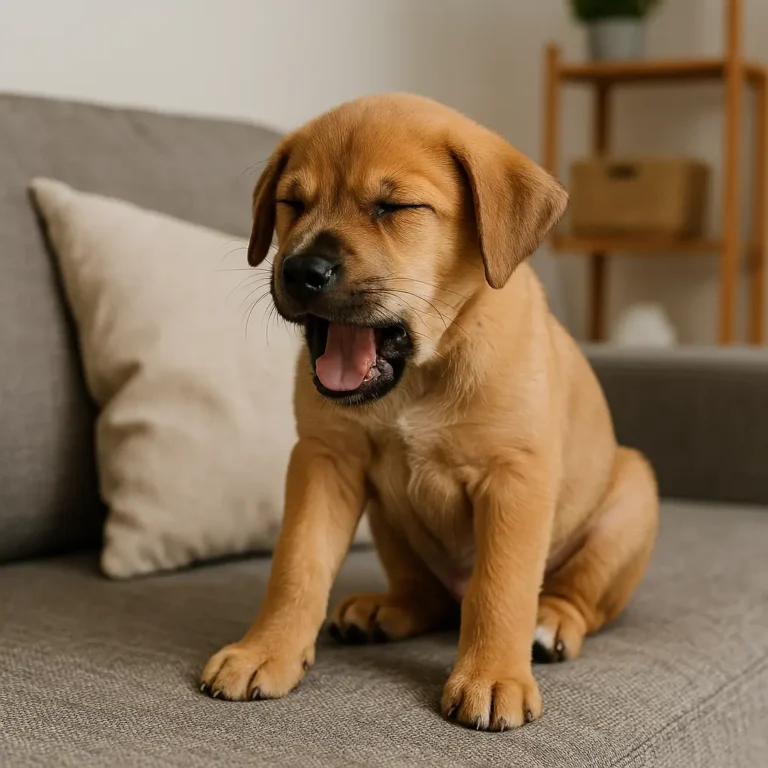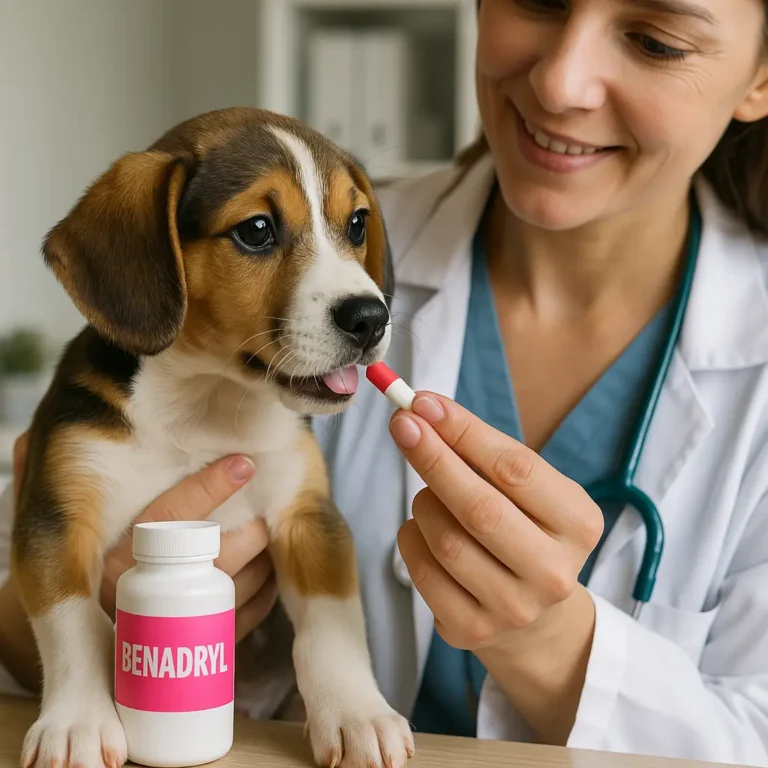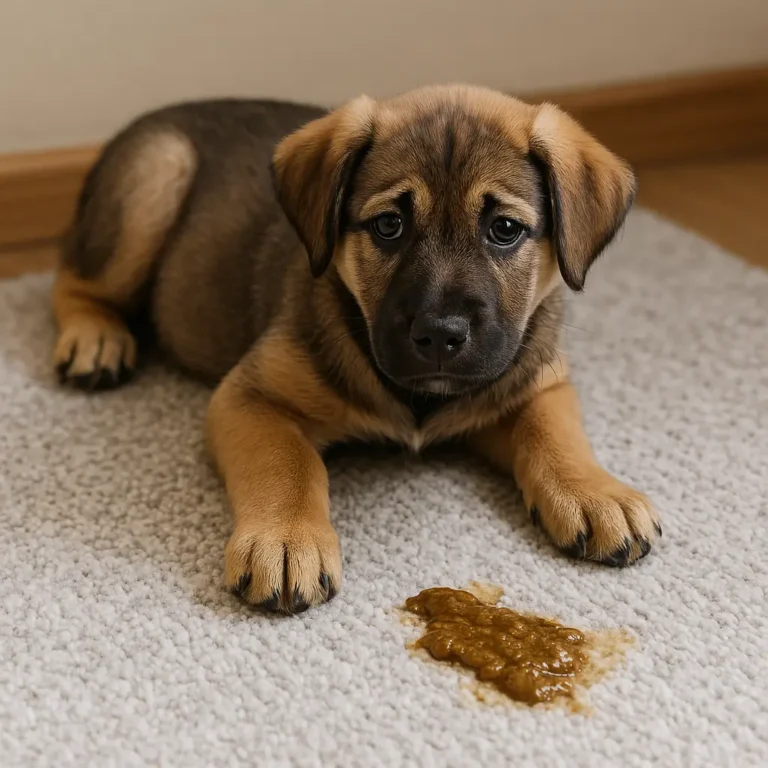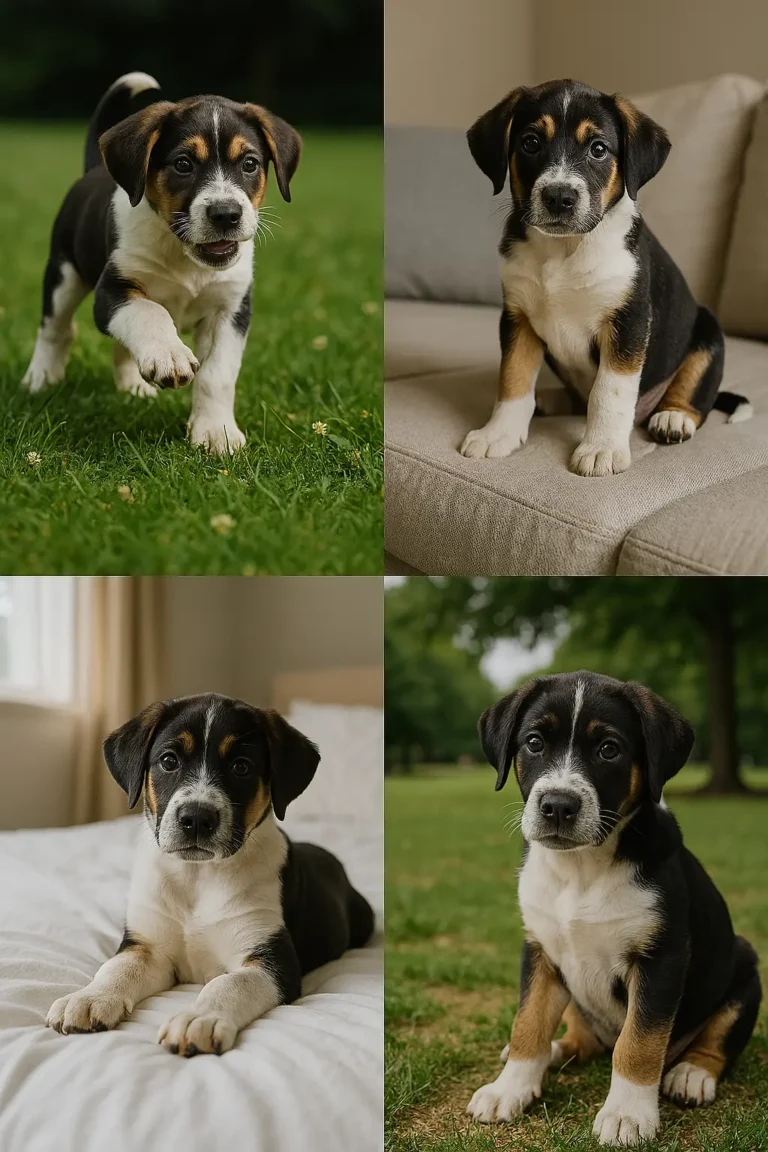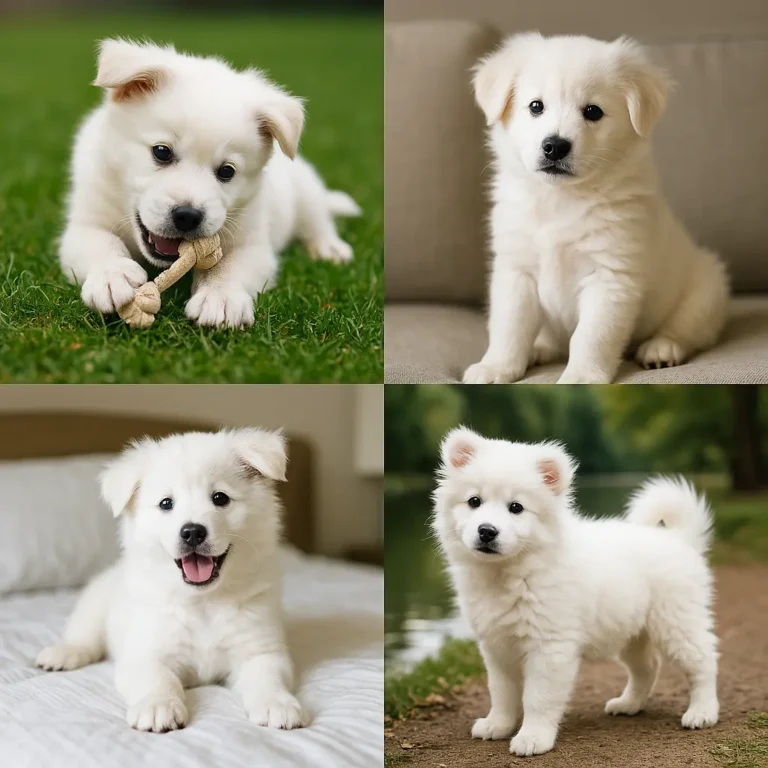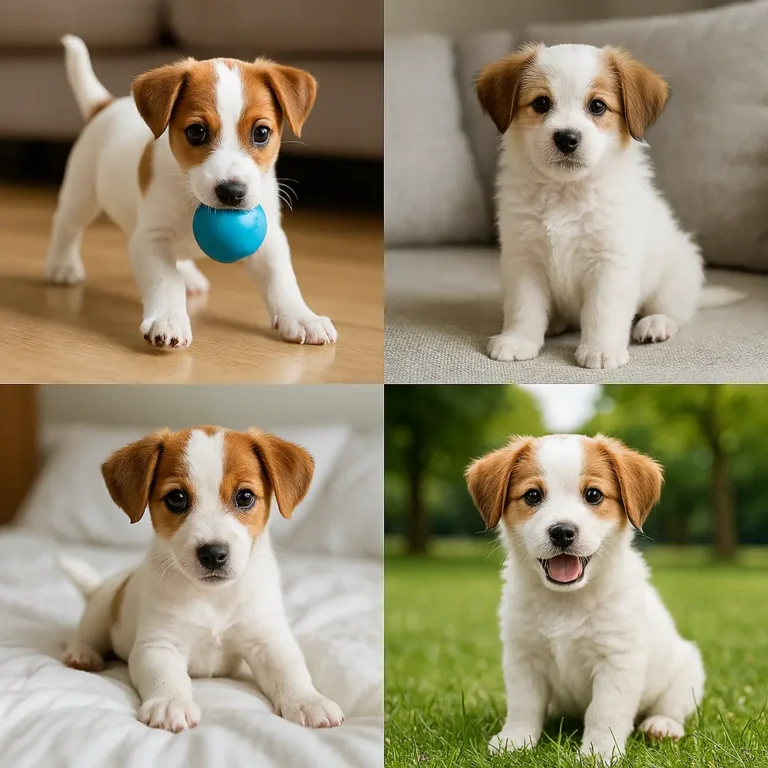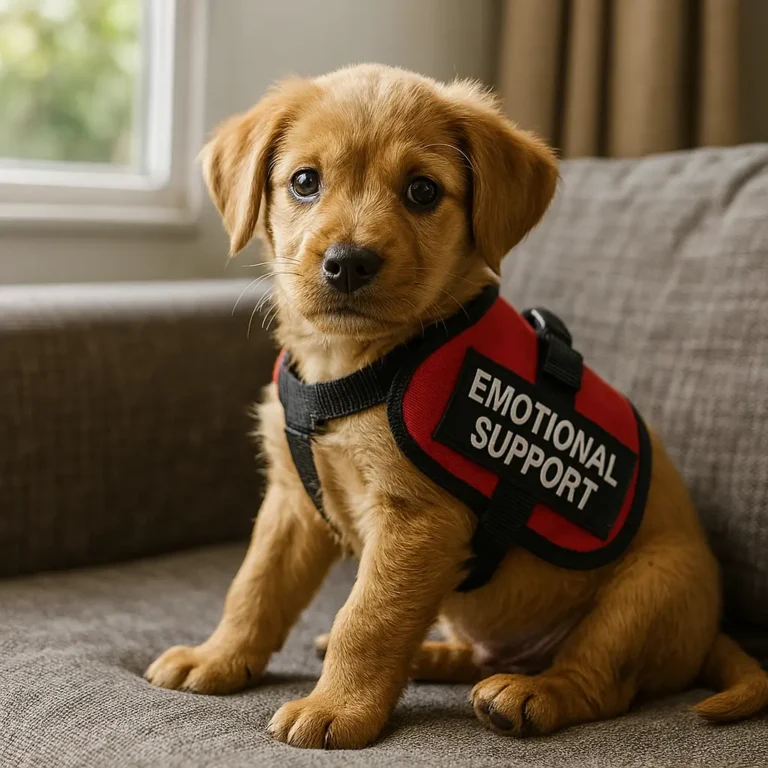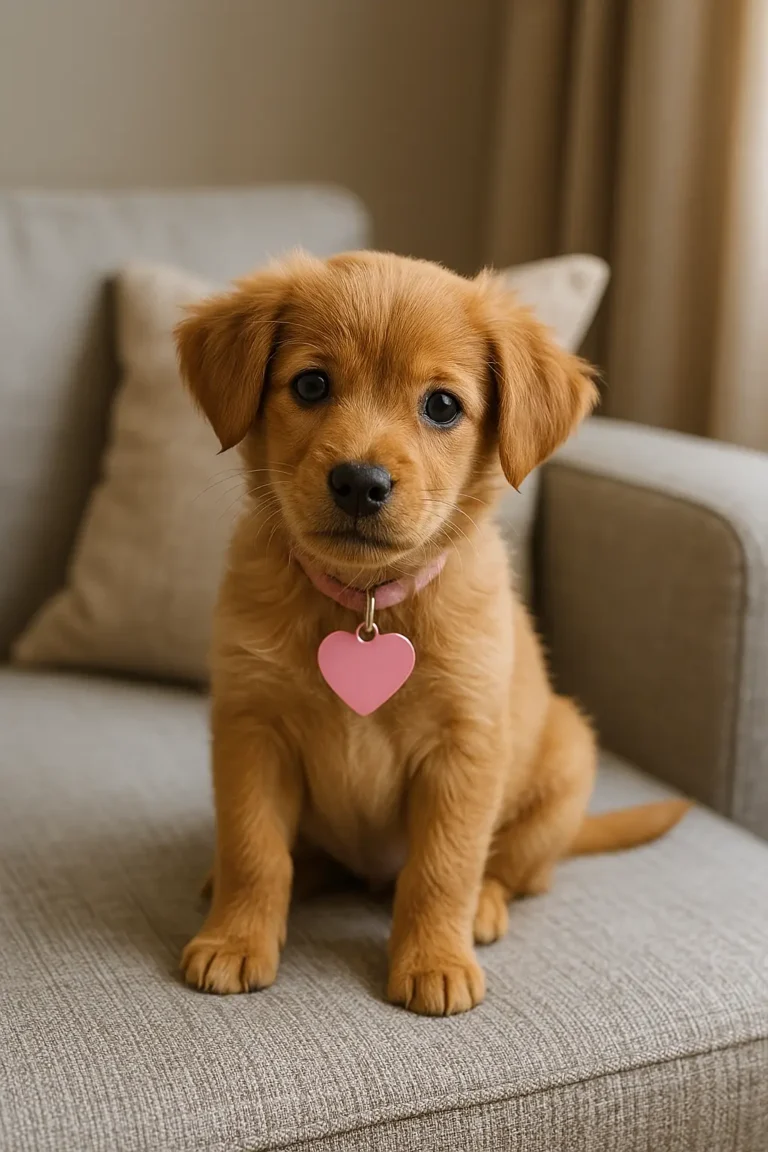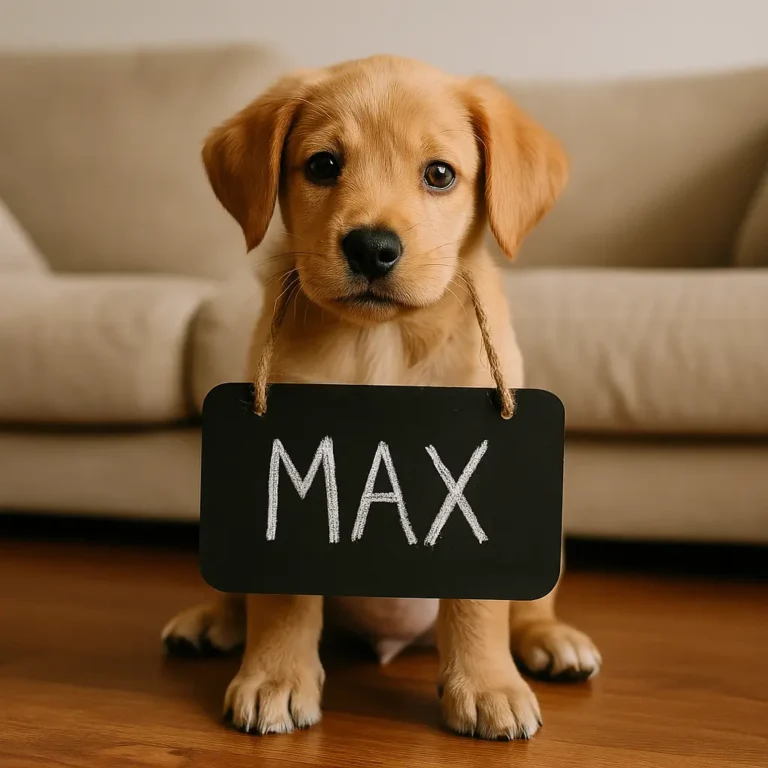Mop Dog – A Unique and Iconic Breed
The Mop Dog, commonly referring to breeds like the Komondor and Puli, is a distinctive and eye-catching dog known for its corded coat that resembles a mop. Originally bred as herding and guard dogs, these breeds have a strong work ethic and are fiercely loyal to their families.
Despite their shaggy appearance, Mop Dogs are intelligent, energetic, and agile, excelling in obedience training and working roles. Their coat serves as natural protection against harsh weather and predators. However, their fur requires dedicated grooming to prevent matting and dirt accumulation.
Mop Dogs thrive in spacious environments, though they can adapt to indoor living with sufficient exercise. Their loyal nature and protective instincts make them excellent family pets, especially in homes that appreciate their high energy and unique coat maintenance needs. If you seek a loyal, intelligent, and hardworking dog, the Mop Dog is an exceptional choice.
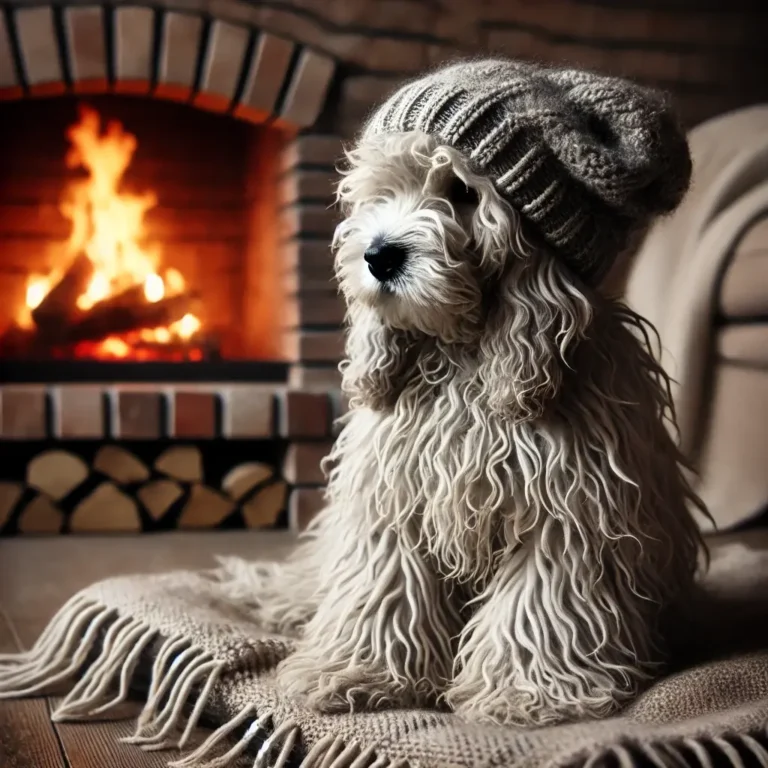
Mop Dog Puppy – Playful and Adorable
A Mop Dog puppy is an energetic and playful companion with soft, fluffy fur that will later develop into natural cords. Early training is essential, as these puppies are strong-willed and need proper socialization to become well-adjusted adults.
Their herding instincts may lead to nipping or chasing, making consistent training necessary. Grooming should start early to help them get used to coat care and hygiene routines. Mop Dog puppies require a balanced diet, exercise, and interactive playtime to ensure healthy growth. With proper guidance, they grow into loyal, protective, and affectionate family members.
Breed Traits
Mop Dogs are loyal, intelligent, and protective. Their natural corded coat makes them stand out. They are independent thinkers, thrive with structured training, and form deep bonds with their owners and families.
With proper care, Mop Dogs live 10-14 years. Providing a healthy diet, exercise, and regular vet checkups ensures they live a long and active life with their families.
Mop Dogs vary in height. The Puli stands between 16-17 inches, while the Komondor reaches 25-27 inches. Their size and strength make them well-suited for guarding and herding.
Mop Dogs are sturdy and well-built. The Puli weighs around 25-35 pounds, whereas the Komondor is heavier, reaching 80-100 pounds, making them powerful working dogs.
Mop Dogs do best in spacious homes with yards. While they can adapt to apartment living, they need daily exercise and mental stimulation to stay happy and healthy.
Breed Characteristics
Mop Dogs are protective, independent, and hardworking. Their thick, corded coats shield them from extreme weather. They are alert guardians and require early socialization to be well-mannered around strangers.
Mop Dogs form strong bonds with their families. They are affectionate but wary of strangers, making them excellent watchdogs. Proper training helps them be gentle with children and other pets.
Mop Dogs have a dense, corded coat resembling dreadlocks. Their sturdy build and strong muscles help them excel in herding and guarding. Their coat provides insulation from weather conditions.
Mop Dogs are social with their owners but reserved with strangers. Early socialization and training help them become well-behaved around guests and other animals.
Mop Dogs are independent yet affectionate. They are highly protective, making them great guard dogs. Their intelligence requires consistent training and mental stimulation to prevent boredom-related behaviors.
Training – Patience and Consistency Required
Mop Dogs are intelligent but strong-willed, requiring consistent training and leadership. They respond best to positive reinforcement techniques and early obedience training.
Because they were bred for herding and guarding, they tend to be independent thinkers. They need mental challenges, socialization, and structured routines to avoid stubborn behavior.
Basic training should include leash walking, recall commands, and behavior reinforcement. Their protective instincts make them alert watchdogs, so introducing them to different people and pets early ensures a well-mannered adult dog. Proper training helps them grow into confident and obedient companions.
Mop Dogs History & Facts
Mop Dogs like the Komondor and Puli originated in Hungary, where they were bred for herding and guarding livestock. Their distinctive coat helped them blend in with sheep and protected them from harsh weather.
The Komondor is a larger, protective guard dog, while the Puli is an agile herder. These breeds have been around for centuries, prized for their loyalty, intelligence, and working ability. Today, they serve as companions, show dogs, and working farm dogs. Their historic role and unique look make them one of the most iconic dog breeds in the world.
As Mop Dogs grow, their fur naturally forms dreadlock-like cords, offering insulation and weather protection.
Originally used for livestock protection, they remain loyal and protective companions.
Despite the long fur, Mop Dogs are low shedders, but their coat needs careful maintenance
Mop Dogs excel in obedience training but need firm, consistent leadership.
Their muscular build makes them surprisingly strong swimmers, despite their heavy coat.
Mop Dogs are rarely mixed, but some hybrid breeds exist:
- Puli-Poodle Mix (Pulidoodle) – A hypoallergenic and playful breed.
- Komondor-Labrador Mix – A protective yet friendly family dog.
- Puli-Border Collie Mix – A highly intelligent and energetic hybrid.
- Komondor-Great Pyrenees Mix – A powerful livestock guardian.
These mixes inherit Mop Dog intelligence and coat texture, often requiring extensive grooming and training. While not as common as purebreds, they retain unique traits that make them charming and protective pets.
Food – The Best Diet for Mop Dogs
Mop Dogs need a nutrient-rich, high-protein diet to maintain their energy levels and coat health. Quality dry kibble, raw food, or homemade meals with lean meats, vegetables, and essential fatty acids work best. Since their thick coat requires proper nourishment, adding omega-3 and omega-6 fatty acids keeps it healthy. Avoid fillers, artificial ingredients, and excessive carbs to prevent weight gain. Due to their active nature, they may require controlled portions to maintain a healthy weight. Always ensure fresh water is available, and consult a vet for personalized feeding recommendations based on their age, size, and activity level.
Breed Behaviour – Understanding Mop Dog Temperament
Mop Dogs are loyal, independent, and protective. Originally bred for herding and guarding, they are watchful over their families and can be wary of strangers. They form strong bonds with their owners but need consistent training to prevent stubbornness. Early socialization ensures they grow into well-adjusted and friendly companions.
Alertness
Protectiveness
Prey drive
Aggressiveness
Barking level
Trainability
Mental stimulation needs
Intelligence
Mop Dog Popular Mix Breeds – Unique Combinations
While Mop Dogs are typically purebred, some mixes exist:
- Puli-Poodle Mix (Pulidoodle) – A hypoallergenic, curly-coated hybrid.
- Komondor-Great Pyrenees Mix – A large, protective livestock guardian.
- Puli-Border Collie Mix – A highly intelligent and energetic mix.
- Komondor-German Shepherd Mix – A powerful, protective working dog.
These hybrids inherit strong protective instincts, intelligence, and unique coats. While not as common as their purebred counterparts, these mixes often require dedicated training, grooming, and exercise to thrive in family or working environments.
Mop Dogs require special grooming to keep their corded coat clean and healthy. Unlike typical dog fur, their coat naturally forms long cords, which need regular separation to prevent matting. Bathing should be infrequent, as drying takes several hours. Routine brushing is not necessary, but debris and dirt must be removed manually. Owners should check for skin issues and pests due to their dense fur. Professional grooming can help maintain their coat, and trimming around eyes and paws improves comfort. Proper coat care ensures Mop Dogs stay comfortable and clean, preventing hygiene-related health issues.
Physical Attributes – The Distinctive Look of Mop Dogs
Mop Dogs are medium to large-sized breeds with dense, corded coats that resemble a mop. Their fur forms natural dreadlocks, providing protection against harsh weather and predators. They have strong, muscular bodies, deep chests, and expressive eyes hidden beneath their coats. Their unique appearance makes them stand out among other breeds.
Breed Size
Colours
Coat
Drooling
Snoring
Exercise Needs
Grooming Needs
Aggressiveness
Mop Dogs are generally healthy but may be prone to hip dysplasia, joint issues, and skin infections due to their dense coat. Proper nutrition, exercise, and coat maintenance reduce health risks. Their corded fur traps moisture, increasing the risk of fungal infections, so regular drying after baths is essential. They also need routine vet check-ups to monitor eye and joint health. Due to their herding instincts, they may develop anxiety if not given enough activity. A well-balanced diet and proper exercise keep them in optimal health, ensuring a long and active lifespan.
Medium Dog Breed – Mop Dogs and Their Size Category
Mop Dogs like the Puli fall under the calm medium-sized category, while Komondors are large breeds. Medium-sized Mop Dogs are agile, quick, and strong, making them excellent for herding and guarding. They have a sturdy build with high endurance, excelling in working environments. Their moderate size makes them suitable for active families who can provide proper exercise. Unlike larger breeds, medium-sized Mop Dogs require less space but still need regular movement. With proper training, they adapt well to family settings while retaining their watchdog instincts. Their unique coat and moderate build make them highly adaptable and resilient.
Mop Dogs FAQ
Are Mop Dogs hypoallergenic?
How long does it take for a Mop Dog’s coat to form cords?
Do Mop Dogs get along with children?
Can Mop Dogs live in apartments?
Are Mop Dogs good for first-time owners?
How often should Mop Dogs be bathed?
Do Mop Dogs need a lot of socialization?
What makes Mop Dogs unique?
Dog Life – Understanding the Lifestyle of Mop Dogs
Mop Dogs have an active and engaging lifestyle, requiring daily physical and mental stimulation. Their herding and guarding instincts keep them alert, making them great for working roles or family companionship. Their long lifespan (10-15 years) ensures they provide years of loyalty. With proper exercise, training, and nutrition, they remain healthy and energetic. Grooming plays a significant role in their life, ensuring their signature coat stays clean and tangle-free. They thrive in spacious areas but can adjust to homes with regular exercise. A well-maintained routine of care and socialization ensures a happy, well-balanced Mop Dog.
Mop Dogs are unique, intelligent, and protective companions, making them ideal for dedicated owners. Their distinct corded coat requires special grooming, and their high-energy nature means they need daily activity. They form strong bonds with their families, making them loyal watchdogs and affectionate pets. Their working background makes them excellent for herding, guarding, or companionship. If you are looking for a dog with a striking appearance, strong instincts, and unwavering loyalty, the Mop Dog is an exceptional choice. With proper training, care, and attention, they thrive as loving and hardworking companions.

